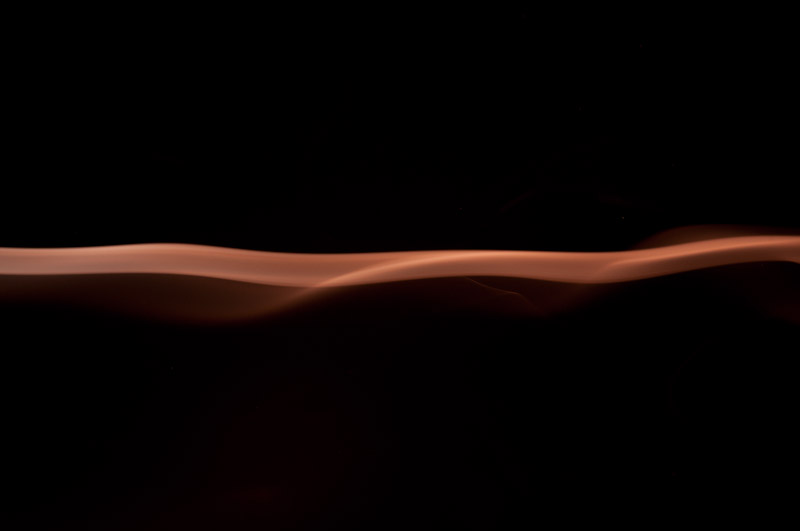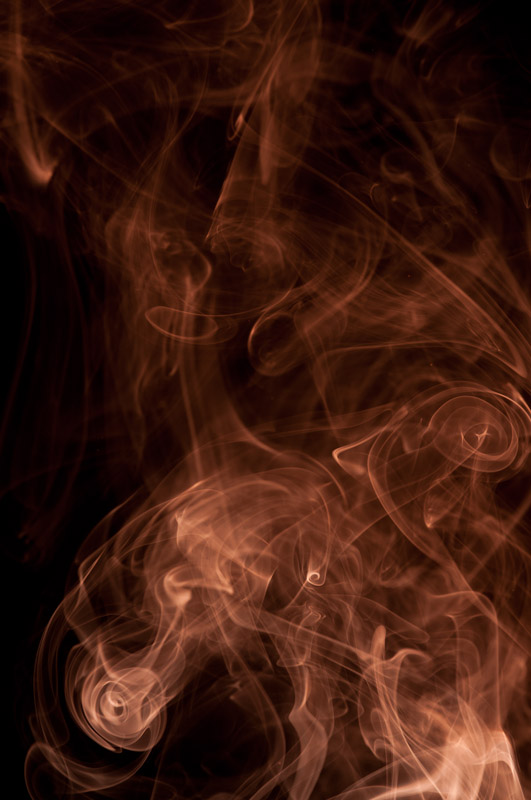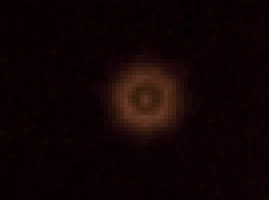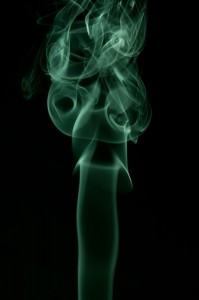 As I continue to work on my four elements project I have started to think about how to represent the concept of air. Initially, my thought was to have the air be represented by smoke. The ever changing shapes within the smoke seemed like an interesting opportunity to work with patterns and textures. I also have never photographed smoke before and thought it would provide a new learning challenge.
As I continue to work on my four elements project I have started to think about how to represent the concept of air. Initially, my thought was to have the air be represented by smoke. The ever changing shapes within the smoke seemed like an interesting opportunity to work with patterns and textures. I also have never photographed smoke before and thought it would provide a new learning challenge.
I setup the studio to be very similar to what I did with the match images. I continued to use a black seamless background in keeping with the visual continuity of the project up to this point. I worked with very little ambient light. This was done mostly to help offset a limitation in my setup. My shooting table is very shallow (thinking about inverse square laws) and I wanted to make sure I had a rich black background. In order to help offset a very short table that limited the distance from the light source to the background I tried to limit the ambient light as much as possible.
The smoke was generated using incense. Incense is slow burning and continuously releases smoke that provided me with a chance to really work on getting my lighting, colors and exposures all tested without having to rush the process. I knew that depending on how hard I blew into the smoke stream the distance with the smoke, lens, flash and background would all be impacted and potentially changing exposure, focus and lighting needs. After a few test images, I did quickly learned a few things. First, I need to flag off the flash to keep as much stray strobe light from falling on the background as possible. Secondly, I found that focus was a challenge because the light wind (me blowing into the smoke to change the pattern) would really change the focal point. To compensate, I would periodically wait for a single smoke stream and place my finger in the middle of the stream to reestablish focus. That little trick really made it easier to get more in focus shots. I had assumed I would use a shallow depth of field, approximately f/5.6, but I move quickly to f/11 or f/16 to expand the depth of field. Even though I knew the smoke would be inherently soft in parts of the image–it is smoke after all, I did want to make sure that there was a least something in sharp focus in most images to land the viewers eye in the chaos of the random patterns.
To impact the color of the smoke, I used a set of Strobist Rosco Gels on Nikon Sb-900s. Each color was selected in consideration of the mood and associations we make with colors.
The most exciting part of this type of shooting is that you can’t know what the smoke is actually doing until the flash fires. Each image is in some ways a happy accident that may or may not work, appear in the frame, or have a tone, pattern or a structure that works. Once I got into a rhythm, I was able to get a set of images that I really feel started to develop the sense of mood and meaning that I am looking for in this project.
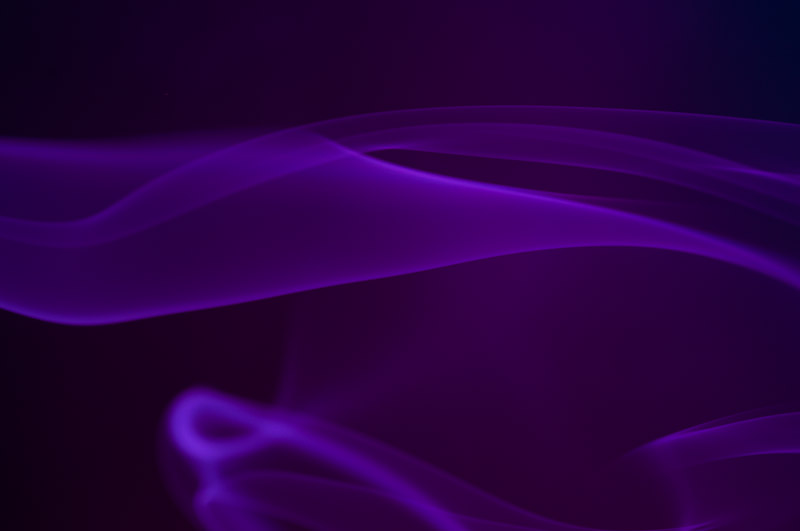
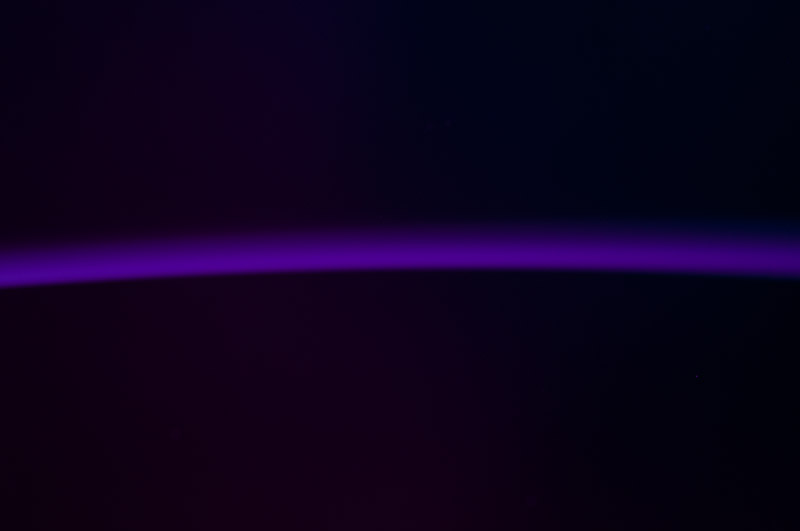
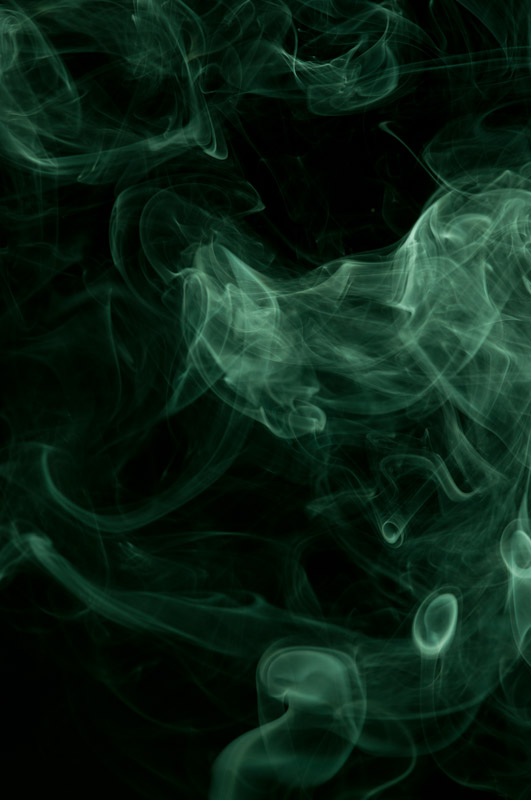
I did find something in the process that gave me a cause for concern. I thought I was getting hot spots on the images from the camera sensor. As the shoot progressed, there were a number of images that showed little specs of color in the black areas of the frame. My first thought jumped to hot spots because they were too pronounced to be noise, but I was shooting a fast shutter speed and didn’t appear in all the images, so I was a bit perplexed. Bringing the images into post-production I ran noise reduction software on them, used a dark slide technique to remove hot spots, but neither of those really did much to fix the problem.
A zoom into 400% in Lightroom showed that these were not in fact hot spots but the result of the smoke, ash and soot from the incense floating around. Here are two of the more interesting spots where you can see a corkscrew and a bulls-eye target.
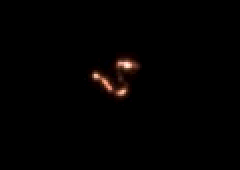
With that knowledge in hand, I went back through all the images in the order shot and it is really easy to see that the more and more incense that was burned was directly related to the number of particulates appearing in the images. In hindsight I should have guessed that something like this might have been come up, but it never occurred to me. Hopefully I can keep this in mind for the future and that it can help prevent the issue for someone else if they undertake similar work.
All images were taken using a Sigma 105mm Macro lens (157mm equivalent) on a Nikon D300s. All images were captured on Lexar UDMA 300x cards and processed in Lightroom 3.

